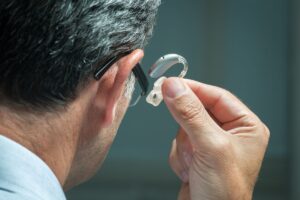
Headways in logical exploration are consistently molding the scene of testing techniques, and a new groundbreaking study on synthetic urine has started conversations about the future of testing methodology. This study, which digs into the precision and unwavering quality of Fake piss in different testing situations, offers important insights into expected shifts in drug testing, clinical diagnostics, and then some.
The study, directed by a group of scientists, planned to survey the viability of synthetic urine as a substitute for normal urine in drug testing situations. Customary medication testing depends vigorously on the location of explicit metabolites or substances present in urine. The utilization of synthetic urine as a substitute brings up issues about the potential difficulties it might pose to current testing strategies and the ramifications for testing dependability.
One critical disclosure from the study is the rising complexity of synthetic urine items. As innovation advances, synthetic urine details have become more complicated, imitating the compound arrangement, pH levels, and temperature of regular urine. This represents a test for customary testing techniques, which might struggle to distinguish between synthetic and normal examples.
The ramifications of this study extend beyond the domain of medication testing. In the field of clinical diagnostics, where urine examination assumes a vital role in evaluating different medical issues, the utilization of synthetic urine could have profound impacts. The capacity to make synthetic urine with explicit qualities could give scientists normalized tests for alignment, eventually upgrading the accuracy of demonstrative tests.

Also, the study highlights the requirement for constant development in testing philosophies to remain in front of potential difficulties presented by synthetic substances. Fake piss turns out to be more refined, and testing systems should advance to keep up with precision and unwavering quality. This could prompt the improvement of cutting-edge location procedures or the joining of biometric markers to guarantee the authenticity of urine tests.
On the other side, the study raises moral worries encompassing the utilization of synthetic urine to undermine drug testing conventions. As innovation advances, there is a squeezing need for administrative bodies to remain careful and adjust testing norms in a similar manner.
The groundbreaking synthetic urine study opens a window into the future of testing systems. As synthetic substances become further developed, the testing scene should adjust to keep up with their adequacy. This examination not only prompts a reexamination of current medication testing conventions but additionally highlights the expected utilization of synthetic urine in different logical and clinical spaces, making ready for a more nuanced and mechanically determined future of testing.






